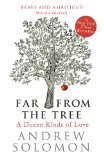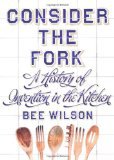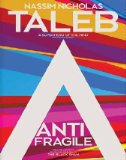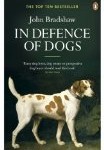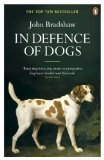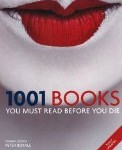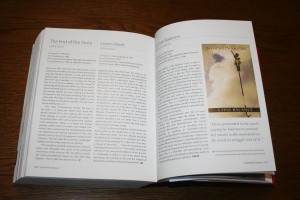Five words from the blurb: parents, exceptional, children, difference, acceptance.
Far From the Tree is the most important book I’ve ever read. It is a masterpiece of research; giving an impressive insight into human relationships and our tolerance of those who are different. If everyone read this book the world would be a better place.
I requested a review copy of this book because, as the mother of a child with autism, I was hoping for some insight into the way my relationship with my son might develop. The book not only managed to do this, but also had a profound impact on the way I view the rest of society. It made me appreciate the similarities that exist between groups that I’d previously thought of as quite separate and it gave me an insight into the problems faced by other parents around the world.
The title takes its name from the phrase “the apple doesn’t fall far from the tree” and, through 700 pages of outstanding non-fiction, Andrew Solomon investigates how parents cope when their children turn out to be different from themselves. The book begins with Solomon’s own experiences as a gay man, and continues to include chapters on many different groups, including the parents of children who are dwarfs, deaf or born from rape. I expected to find the chapter on autism the most interesting, but this wasn’t the case as the details were already familiar to me. I was surprised to discover that I was most interested in the conditions I knew less about – the chapter on schizophrenia was particularly eye-opening and I found myself sympathising with those parents, along with the parents of children who committed horrific crimes, the most.
I normally like to make a note of the important passages that I find whilst reading a book, but just 10 pages into this one I gave up. Almost every page contained some sort of profound insight and this was especially true of the first chapter, Son.
Insofar as our children resemble us, they are our most precious admirers, and insofar as they differ, they can be our most vehement detractors. From the beginning, we tempt them into imitation of us and long for what might be life’s most profound compliment: their choosing to live according to our own system of values. Though many of us take pride in how different we are from our parents, we are endlessly sad at how different our children are from us.
This opening section was one of the most impressive pieces of writing I’ve ever read and, if the length of the entire book intimidates you, I urge you to at least read the first 48 pages – they summarise the key findings of Solomon’s research and, although you’ll miss out on many wonderful examples of parents explaining their problems and accomplishments, you’ll come to realise how people can be united and supported by others who experience difference.
The only negative aspect of this book was that after a while some of the parent’s testimonies began to feel repetitive. Overall this was a good thing as it emphasized the fact that the parents of this diverse range of children all experienced the same set of emotions.
For me, the take home message of this book comes from Ari Ne’eem, a man with Asperger’s syndrome who is quoted in the chapter on autism:
Society has developed a tendency to examine things from the point of view of a bell curve. How far away am I from normal? What can I do to fit in better? But what is at the top of the bell curve? Mediocrity. That is the fate of American society if we insist on pathologising difference.
I cannot over-emphasize the importance of this book. It is a modern masterpiece and I’m sure it will be quoted from and referred to for many years to come.
Very highly recommended.

.
